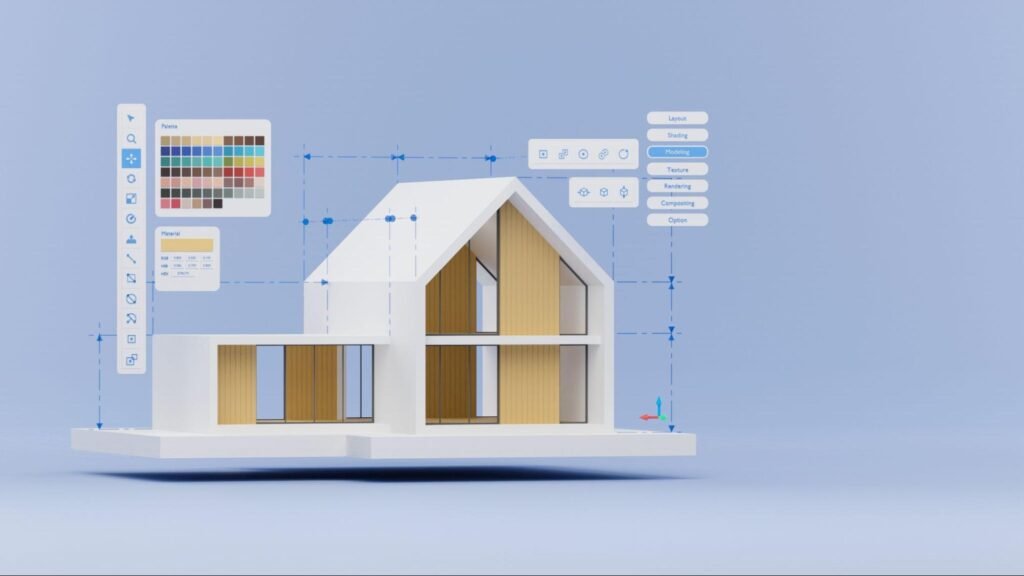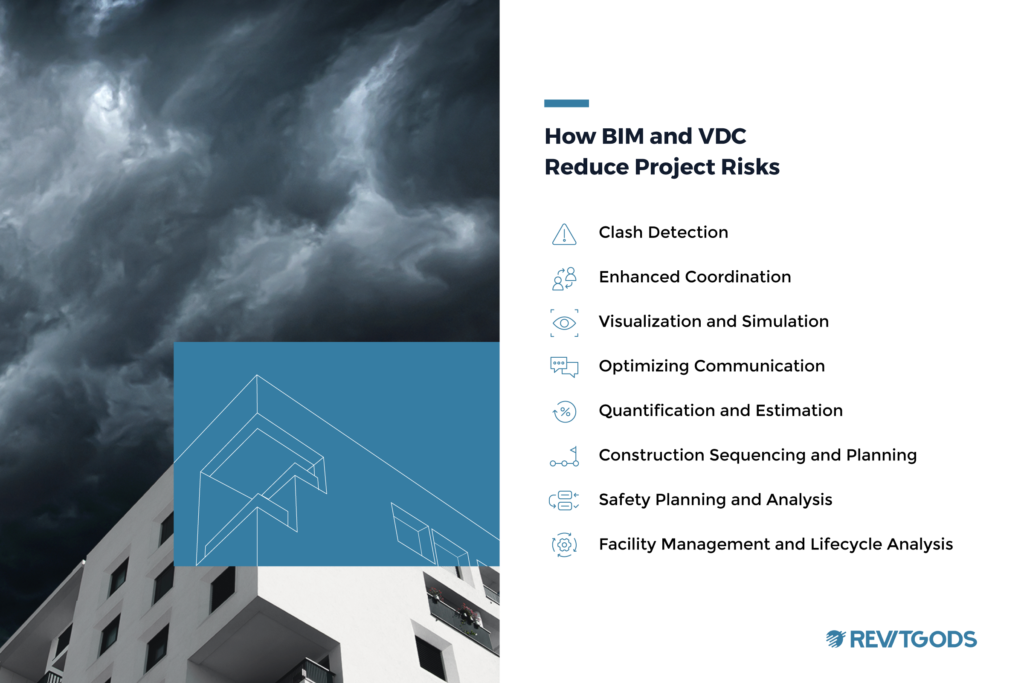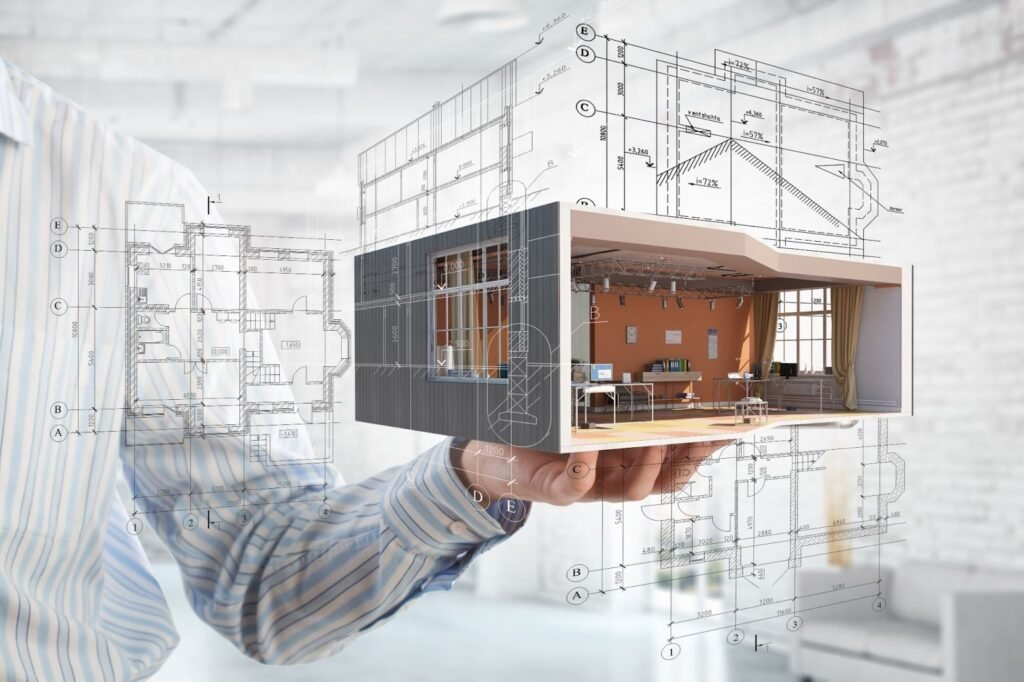In brief
- There has been a lot of buzz recently about the rise of artificial intelligence (AI) and its place in the world.
- Respondents clearly understood the benefits of AI technology in their industry, but that doesn’t mean there weren’t concerns among them as well.
- Our respondents seem to have a lot of faith in AI’s capabilities, but what happens when that’s put to the test?
Key Takeaways
13% of architects have used AI tools in their work, and 45% intend to use them in the future.
20% of architects are very concerned that AI could replace human architects in the future.
85% of architects believe AI can help architects create more innovative and creative designs.
Nearly 50% of architects believe AI can build better buildings than humans can.
AI-generated creations were rated slightly higher (3.6 out of 5) than human-generated creations (3.5 out of 5).
Building a New Future
There has been a lot of buzz recently about the rise of artificial intelligence (AI) and its place in the world. Some see it as a welcome development and a helpful tool, but others are skeptical and worry about AI replacing the human element. The architecture industry is one of many facing questions about AI at work.
Is this technology on par with the creativity and expertise that human architects spend years cultivating? We wanted to find out, so we instructed Midjourney AI to generate building designs and then asked architects to compare them to human designs. We also asked professionals about their perspectives on AI and whether they feel threatened by its capabilities. Read on to learn more about where real-life architects stand on the rise of AI in their field.
The Benefits of AI Design
There’s no question that AI will change architecture and design, because it already has. The question really is how it will change the landscape of this work. Are industry professionals open to using its benefits to their advantage? To begin our study, we surveyed a group of architects, construction managers, engineers, and contractors to get a sense of where they stand.
Most of the architects and construction/design professionals we surveyed (64%) were aware of AI usage in the industry. And though only 13% had used AI, most also were excited about this new technology. The majority also felt AI would positively impact the industry over the next five years. That’s encouraging, especially considering that 45% said they intend to use AI tools in the future.
Utilizing AI to its advantage can mean many things, but most respondents thought AI could improve the design process by:
Analyzing large amounts of data
Automating tedious and time-consuming tasks
Identifying design patterns and trends
Respondents clearly understood the benefits of AI technology in their industry, but that doesn’t mean there weren’t concerns among them as well.
Replacing the Workforce
Sure, there’s some good that comes from technology like AI. But people across all industries are concerned about the rise of this technology and how it will impact their jobs. Does that concern extend to the architecture industry?
Just 20% of the engineers, architects, and contractors we surveyed were very concerned that AI technology could replace human architects. In fact, the vast majority (85%) believed that technology could actually help in creating more innovative designs. And as it stands, nearly 50% of those surveyed believed AI is currently capable of creating better buildings than humans.
This is encouraging because it means people in the industry are willing to lean into the benefits of AI and aren’t worried about it becoming so sophisticated that they could be out of a job in the future. Almost half of the professionals said they see AI enhancing their jobs, while just 38% said they thought it could lead to displacement.
Our respondents seem to have a lot of faith in AI’s capabilities, but what happens when that’s put to the test?
Assessing AI’s Capabilities
Believing in technology is one thing, but seeing it in action is something entirely different. We instructed Midjourney to generate designs for several different types of commercial buildings, then asked respondents to compare them to human designs. The results of our AI-generated design experiment were eye-opening, to say the least. Participants rated human and AI-generated structures, blueprints, and floor plans on a scale of one to five based on various factors, including:
Aesthetics
Context (how a building is perceived in relation to its surroundings)
Durability
Functionality
Safety
Overall, the total average score for AI designs was 3.6 out of 5, slightly higher than the human design score of 3.5 out of 5. As for identifying which structures were AI and which were human, the professionals we surveyed were able to identify AI-generated buildings a bit more consistently (54% of the time) than human-designed buildings (47%).
People only being able to tell what’s real vs. AI about half the time leads to some thought-provoking questions about the future of architecture. For example, could property developers use AI tools to generate accurate blueprints, floorplans, or images before consulting an architect? Would AI decrease architects’ job opportunities, or could leveraging this new technology improve their capabilities and increase profit margins?
AI has the potential to enhance an architect’s abilities by offering advanced tools for design exploration and optimization. If architects could use AI to test and refine multiple design options more efficiently, it could lead to more compelling building projects. While this is an exciting time of innovation, it’s essential to remember that using AI doesn’t diminish the importance of creativity, human expertise, and context-specific design in the architectural process.
Our findings also raise questions about diversity in architecture. Could the increased accessibility of building design through AI attract a more diverse pool of people to the industry? Could it help reach those without access to traditional design education or resources pursue a career in architecture?
Finding the answers to these questions and more will take time; the key thing to remember is that AI should supplement and enhance rather than replace human architects. Additionally, promoting diversity and inclusivity within the architecture industry is always a good idea as it ensures everyone has an equal opportunity to contribute their unique perspectives and talents.
Flexing AI’s Muscles
The capabilities of Midjourney reach deep into the collective imagination, expanding our creativity into new realms of possibility. We asked Midjourney to redesign famous landmarks like the Eiffel Tower, Leaning Tower of Pisa, Pyramid of Giza, Statue of Liberty, and Sydney Opera House into unique and mesmerizing artistic styles, such as those of Guillermo Del Toro, Salvador Dali, Tim Burton, Quentin Tarantino, and Wes Anderson.
Beyond its ability to generate images of famous landmarks in unique and mesmerizing artistic styles, AI can be an excellent resource for architects and designers looking to explore new creative avenues. By experimenting with different artistic styles, architects can gain inspiration and ideas for new designs and projects. AI’s ability to transform images can also help architects visualize how their own designs might look when viewed through different artistic lenses.
Synergizing With New Technologies
Midjourney’s creative potential in architecture is vast. This AI tool can be a valuable resource for architects and designers seeking to push their creative boundaries and explore new possibilities in their work.
Ultimately, it would seem that architects, engineers, and contractors are largely embracing the rise of AI and are not necessarily concerned for their own job security as a result of this technology making its way into the industry. These professionals seem to understand that there is a human element to design that can’t be replicated by artificial intelligence, and also that there are ways this intelligence can assist in streamlining and informing human creativity.
With AI being such a hot topic these days, other industries should assess the benefits of AI and weigh whether their work can actually be enhanced by it, rather than worrying too much about whether AI can perform better than humans can. Because—as our study shows—there is no substitute for the power of the human mind, but technology can certainly help it thrive.
Methodology
We surveyed 437 American architects, engineers, construction managers, project managers, and general contractors regarding their perceptions of the integration of AI in the architecture field. The mean age of respondents was 37 years old. Among them, 59% were male, and 41% were female. Respondents comprised the following generational breakdown: 12% Gen Z, 24% Gen X, 59% millennials, and 5% baby boomers. All AI-generated images were created with Midjourney.
About RevitGods
RevitGods is a tech consulting firm that helps building practitioners develop high quality buildings faster using BIM technology. We’re committed to making building design technology easy to ease and accessible to everyone.
Fair Use Statement
If you’re in the building industry and enjoyed our study, you’re welcome to share. We just ask that you link back to the findings and that your purposes are non-commercial.







